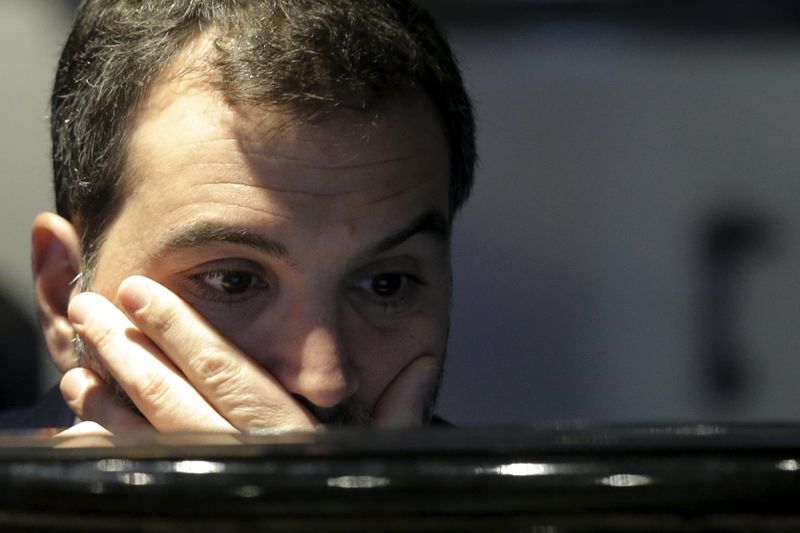Here’s Citi’s iron ore prices forecast


In a note dated Friday, analysts at Citi Research flagged that while the iron ore market is currently facing challenges, there are important factors to consider when assessing whether it’s time to “catch the falling knife” or wait for further developments.
The price of iron ore, currently hovering in the mid-$80s per tonne, is approaching significant cost support levels. “Our view that iron ore could hit $85/t in the next three months has received very little push back,” the analysts said
The key questions from investors revolve around what the various iron ore price levels imply for steel demand in China, the data points to monitor for signs of a rebound, and the surprises in market dynamics over the past three months.
In recent months, some positive surprises have provided support for iron ore demand. The use of scrap in steel production has notably decreased, which in turn boosts demand for iron ore.
Additionally, iron ore inventories at steel mills have remained low, averaging just 18 days of use compared to the historical average of 27 days.
This is despite record-high inventories at ports. Furthermore, steel inventories at distributors and mills are near five-year lows for this time of year.
On the negative side, the anticipated stimulus from China has not materialized. Total Social Financing (TSF) has contracted, potentially leading to the largest decline in decades if it continues.
Additionally, property starts in China have fallen to levels not seen since 2005, and infrastructure orders remain stagnant, partially due to the shrinking TSF.
Citi suggests focusing on several key indicators for signs of a positive turnaround in the iron ore market. A shift in TSF growth trends could signal a rebound in Chinese steel demand, providing the most reliable indicator of a bullish trend.
Additionally, signs of a bottoming in property data, although unlikely to reach 2019 levels, could indicate improving sentiment. Furthermore, significant disruptions in supply from low-cost traditional suppliers could drive up prices.
For iron ore prices to stabilize at $85 per tonne, China would need to see a 6-9% year-on-year reduction in steel demand from 2023 levels. This scenario is based on Citi’s estimates of the price elasticity of supply from non-traditional iron ore sources, domestic Chinese supply, and high-cost traditional supply.
During the last major steel downturn in 2015, steel production in China declined by 2.3% year-on-year, with apparent demand down 4.3%.
Seasonally, iron ore prices typically rally from late September to early October, continuing into the Chinese New Year holiday. However, given the current price levels, any rebound is likely to be muted, with expectations capped at around $110-120 per tonne at best.
In terms of supply, there have been no significant disruptions from traditional suppliers like Australia, Brazil, and South Africa, with supply from these sources growing as expected. However, non-traditional supply, which is highly price-sensitive, has fluctuated, initially spiking earlier in the year when prices were higher but declining as prices fell.
Chinese domestic supply of iron ore has shown price elasticity, though the data is volatile. Meanwhile, scrap supply, which had normalized after a decline last year, has provided some support for iron ore demand as its use in steel production remains subdued.
The current price of iron ore is now approaching the top end of the cost curve for traditional suppliers, with $90 per tonne seen as a “soft support” level and $80 per tonne as a “hard support” level. At current prices, the iron ore market is already into the 95th percentile of the cost curve for listed companies, suggesting limited downside potential unless there is a significant shift in demand dynamics.
Iron ore inventories at Chinese ports, while ticking down slightly, remain close to all-time highs. However, it’s the inventory levels at steel mills that are particularly telling, currently sitting at just 18 days of use, well below the long-term average. This low level of inventory at steel mills is a strong indicator of demand, as it reflects the mills’ readiness to ramp up production when needed.
Similarly, steel inventories at distributors and mills are at their lowest levels in five years, underscoring the cautious approach in the market and the potential for a future rebound in iron ore demand once these inventories need replenishing.





